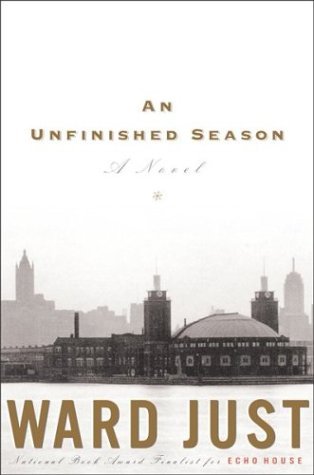
2.5 stars
First Sentence: Dr. Howard Archie had just come up from a game of pool with the Jewish clothier and two traveling men who happened to be staying overnight in Moonstone.
Thoughts: Thea Kronborg was the daughter of Swedish immigrants living in Colorado. She wasn’t like the other girls. She had a real gift for music. Her mother always made sure Thea had lots of time to practice her piano and got her lessons from the best music teacher in the region, a dissipated German pianist named Wunsch. He had his faults, but he gave Thea a thorough grounding in the basics of music.
Because she was so devoted to her art, Thea didn’t have any friends her own age. All of her friends were older men, which is just as creepy as it sounds. Dr. Howard Archie encouraged Thea’s intellectual pursuits by letting her borrow books from his library. He took her on his house calls as well, which is how she met the Mexican immigrants in Spanish Town. She loved sitting with them at night listening to their music.
Another friend was Ray Kennedy, a railroad man who told her about the world outside Colorado. He was always talking about how he was going to marry Thea as soon as she was old enough, so it was a distinct relief when he was killed in a train wreck. He left all his money to Thea, who used it to move to Chicago to further her musical education.
The first year she studied piano under Andor Harsanyi. He soon realized Thea didn’t have any real calling to the piano, but when he heard her sing he realized it was because her real gift was her voice. He sent her to Madison Bowers to develop her vocal talents. Bowers was a good teacher but a miserable human being. Thea learned a lot from him, but she wore herself down being at his beck and call all the time.
Through Bowers she meets Fred Ottenberg, the son of a brewery mogul. He convinces Thea to spend her summer in the Arizona desert. He meets her there after a few months and they fall in love. Alas, t’was not to be just yet. Instead Fred breaks her heart before financing her further musical education in Dresden.
Ten years later Thea is in New York for the summer singing with the Metropolitan Opera. Dr. Archie, who has given up medicine and now owns several mines, comes to visit her and hear her sing. There he and Ottenberg witness her breakthrough into real artistry/stardom.
Honestly, this is not my favorite of Cather’s works. The best part was when Thea and Fred were in the desert. Cather’s true gift was describing the stark beauty of the American Southwest. Unfortunately this was a character-driven novel, not a landscape novel, and all the characters were likeable at all. Except Harsanyi, he was a good sort. All of the other men, however, were pervy creeps. As for Thea herself, she was a cold fish of a person. The novel tried to pass of her superiority complex as “artistic,” but it wasn’t. She was a spoiled brat who became a right bitch by the end of the book. The story doesn’t tell us how she turned out after her breakthrough performance, but it’s really not a mystery. She became a prima donna of the worst order. There was no other possible future for her.








